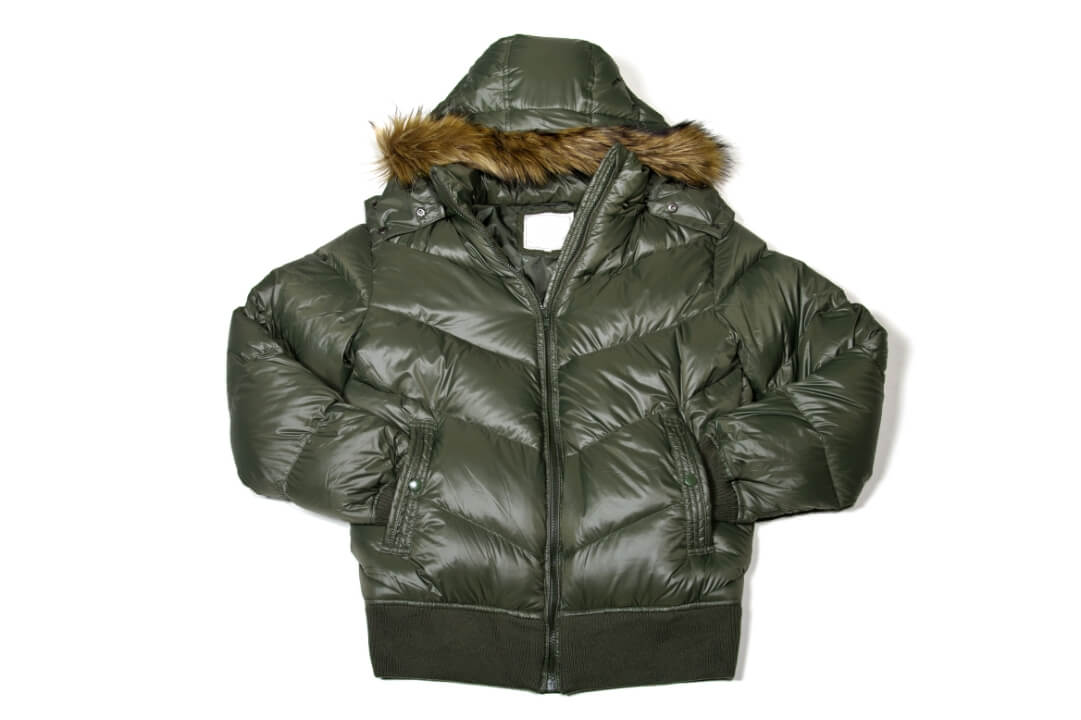
Down vs Synthetic Jacket: A Deep Look Into Their Features, Benefits And Prose & Cons
The quest for selecting the perfect jacket often leads us to a challenging crossroad deciding between down and synthetic insulation. Both insulation types have their fair share of proponents, often causing confusion for outdoor enthusiasts who are looking for the best option to fit their needs and preferences. Ultimately, the choice comes down to individual factors, such as personal preferences, planned activities, and budget constraints. This in depth article on Down vs Synthetic Jacket comparison aims to provide a comprehensive guide, brimming with useful information, to assist you in making the best decision for yourself when it comes to choosing between down and synthetic jackets. So, grab a cup of coffee, relax, and join us as we dive into the world of insulated jackets!
The success of any outdoor adventure largely depends on our ability to stay warm and protected from the elements. Whether you're venturing out for a leisurely hike or braving the cold on a strenuous mountain climbing journey, selecting the right insulation materials for your jacket can be the ultimate game changer. The insulation acts as a buffer against cold temperatures and aids in maintaining body heat. Taking your time to research and understand the properties of different insulating materials can greatly contribute to your overall comfort and elemental protection.
The two main contenders in the world of jacket insulation are down and synthetic materials. Each material category comes with its own set of advantages and drawbacks, which we will thoroughly analyze and compare throughout this article. Our goal is simple: to provide you with an insightful, unbiased, and easily digestible comparison that will equip you with the necessary knowledge for selecting between down and synthetic jackets based on your specific needs and requirements.

Down jackets are insulated with soft, fluffy clusters found beneath the feathers of birds such as ducks and geese. These clusters, known as down, effectively trap air and provide exceptional insulation properties, making down jackets highly sought after for their excellent warmth to weight ratios and natural durability.
Down jackets deliver superb insulation, thanks to the down clusters' ability to trap warm air efficiently. When it comes to breathability, down performs relatively well, enabling moisture and excess heat to escape. Most down jackets also feature moisture resistant treatments to enhance this ability further while providing protection against light precipitation.
Down jackets are prized for their lightweight nature, considering the high warmth to weight ratio. This remarkable mixture of warmth and low weight makes them ideal for many outdoor activities, including backpacking, mountaineering, and winter traveling. Moreover, their high loft makes them both visually appealing and highly effective in trapping warmth. Compressibility is another notable advantage of down jackets, as they can easily be packed into compact sizes for convenient portability. Additionally, down jackets are known for their longevity – with proper care and maintenance, these jackets can last for many years.
While there are numerous advantages associated with down jackets, they also have their fair share of drawbacks. Foremost among them is their cost, as high quality down jackets tend to be expensive. Moisture sensitivity is another major limitation, as wet down clusters lose their insulating properties and can be challenging to dry. For those with sensitivities or allergies to down products, these jackets may not be the ideal choice.
Down jackets are often the go to choice for backpacking trips, given their lightweight nature and excellent warmth to weight ratios. They also excel as mid layer garments for winter layering, ensuring warmth without adding excess bulk to your ensemble. Additionally, down jackets are best suited for cold, dry conditions, where the risk of moisture compromising their insulation qualities remains relatively low.

Synthetic jackets rely on artificial insulation materials that mimic the qualities of natural down. They typically utilize polyester fibers, manufactured to form high loft, warmth trapping layers comparable to their down counterparts. Synthetic insulation technology continually evolves, with manufacturers aiming to create materials with competitive weight, warmth, and compressibility characteristics.
Though synthetic jackets may not achieve the same warmth to weight ratio and compressibility as down jackets, they still provide reliable insulation. The main advantage lies in their ability to retain warmth even when damp or wet, making them a popular option in rainy or wet climates. Breathability in synthetic jackets is also fairly good, as moisture transfer remains efficient.
One of the key benefits of synthetic jackets is their attractive price point, making them accessible for various budgets. Their capability to maintain warmth under wet conditions makes them a desirable choice for outdoor excursions in less predictable weather or wetter climates, and they tend to dry quickly as well, reducing discomfort. Synthetic jackets are suitable for casual everyday wear, offering both comfort and protection against the cold.
Although synthetic jackets can be an affordable alternative, they come with a few disadvantages. Comparedto down jackets, they are generally heavier and have a lower warmth to weight ratio, which can be a deciding factor for some consumers. Synthetic insulation is also less compressible than down, making it less ideal for activities demanding compact packing, such as backpacking or ultralight traveling.
Synthetic jackets shine in wet and damp conditions, as they can maintain warmth even when exposed to moisture. Hence, they are a popular option for hiking trips, skiing, and snowboarding adventures where exposure to snow or rain is expected. Furthermore, their affordability and versatility make them ideal for everyday wear during mild to moderately cold temperatures, offering comfort and protection to users without breaking the bank.
Down jackets tend to be more expensive than synthetic ones due to the premium appeal of natural down insulation. Generally, higher fill power down jackets fetch higher prices, while sustainably sourced and ethically produced down can also result in a higher price tag. In contrast, synthetic jackets are often more budget friendly, as their materials and manufacturing processes tend to be less costly.
The great down vs synthetic jacket debate is one that outdoor enthusiasts will continue to discuss for years to come. Regardless of the ultimate choice you make, what matters most is selecting a jacket that best suits your specific requirements, preferences, and budget constraints. This comprehensive guide serves as a valuable resource to help you make an informed decision based on essential factors such as insulation properties, weather conditions, planned activities, and personal preferences. By understanding the pros and cons of both down and synthetic jackets, you can select the most suitable option, ensuring your comfort, warmth, and satisfaction during your outdoor adventures.
Q: Is one type of insulation better than the other for all activities?
A: No, the choice between down and synthetic insulation largely depends on the specific activity and the weather conditions you'll be experiencing. Down jackets are generally better for cold, dry conditions and activities requiring lightweight insulation, while synthetic jackets are more suited for wet climates and activities prone to moisture exposure.
Q: Do all down jackets have ethical and environmental concerns?
A: No, not all down jackets come with ethical and environmental concerns. Many responsible manufacturers focus on producing sustainably and ethically sourced down insulation, known as Responsible Down Standard (RDS) certified. These jackets ensure that the down used in their products comes from animals that were not subjected to any unnecessary harm or inhumane practices.
Q: Is it possible to find high quality synthetic jackets with a warmth to weight ratio similar to down jackets?
A: Yes, advances in synthetic insulation technology have allowed manufacturers to produce jackets that boast comparable warmth to weight ratios as down jackets. Although not all synthetic jackets can equal natural down, improvements in technology have resulted in many close competitors.
Q: How often should I wash my down or synthetic jacket?
A: The frequency of washing depends on the usage intensity and personal preferences. It is generally recommended to wash your jacket at least once per season to free trapped dirt, sweat, and oils that can affect insulation performance. Over washing, on the other hand, can also impact the durability and efficiency of the jacket. Make sure to refer to the manufacturer's care instructions to avoid any unintended damage to the jacket during cleaning.